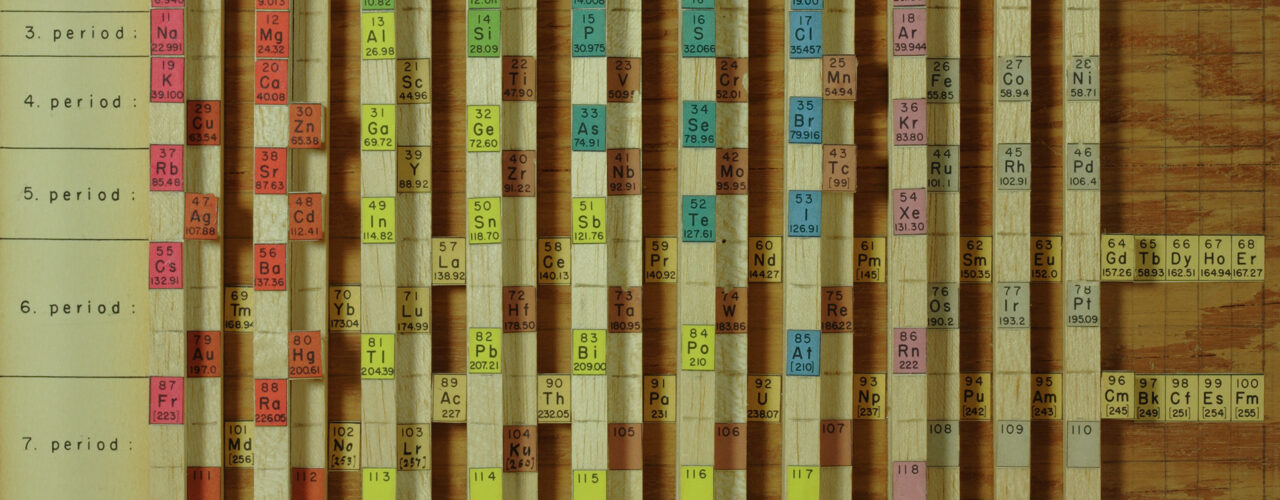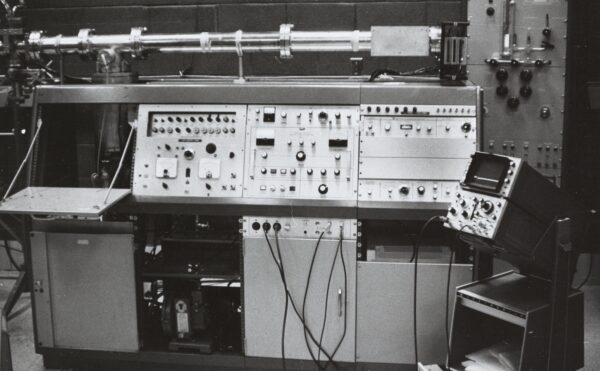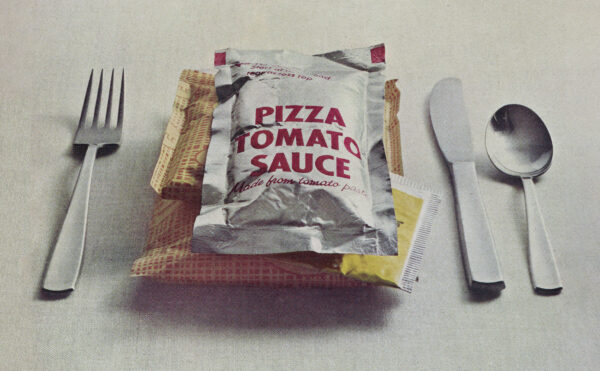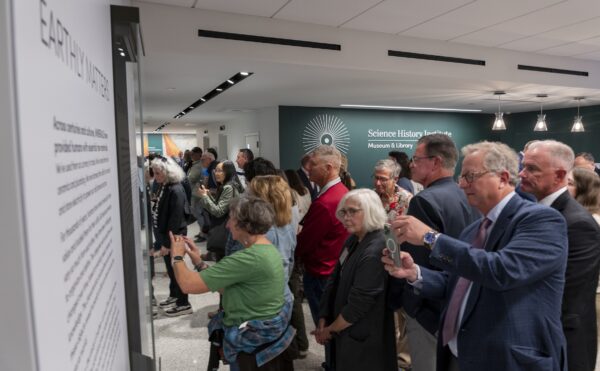
New York Times: Is It Time to Upend the Periodic Table?
The Institute’s Brigitte Van Tiggelen is quoted in this article on Mendeleev’s chart and the variations proposed in the 150 years since.
Brigitte Van Tiggelen, a chemistry historian at the Science History Institute in Philadelphia, discussed the work of Ida Noddack, a German chemist who discovered rhenium, and Lise Meitner, an Austrian-Swedish physicist who, with Otto Hahn, discovered protactinium. Dr. Van Tiggelen is an editor of a new book, Women in Their Element, that explores more than 30 similar stories, including, of course, that of Marie Curie, who discovered two elements, radium and polonium, and twice won the Nobel Prize.
“We present the story as a communal enterprise,” Dr. Van Tiggelen said.
Read more in the New York Times >>
Above: 3-D wooden periodic table model designed by Edward G. Mazurs, ca. 1974. Science History Institute.
More News
Melissa Sherman Joins Science History Institute’s Board of Directors
The MOBILion Systems founding CEO will help support the Institute’s mission and strengthen our relationships in the life sciences industry.
Science History Institute Hosts Food Drive to Support Philadelphia’s Old Pine Community Center
Donations of non-perishable items can be dropped off in the Institute’s lobby now through December 19.
Science History Institute Unveils New Mineral Exhibition at Packed Opening Celebration
Ribbon cutting officially opens Earthly Matters and brand-new gift shop, marking the completion of the Institute’s major lobby renovation.



